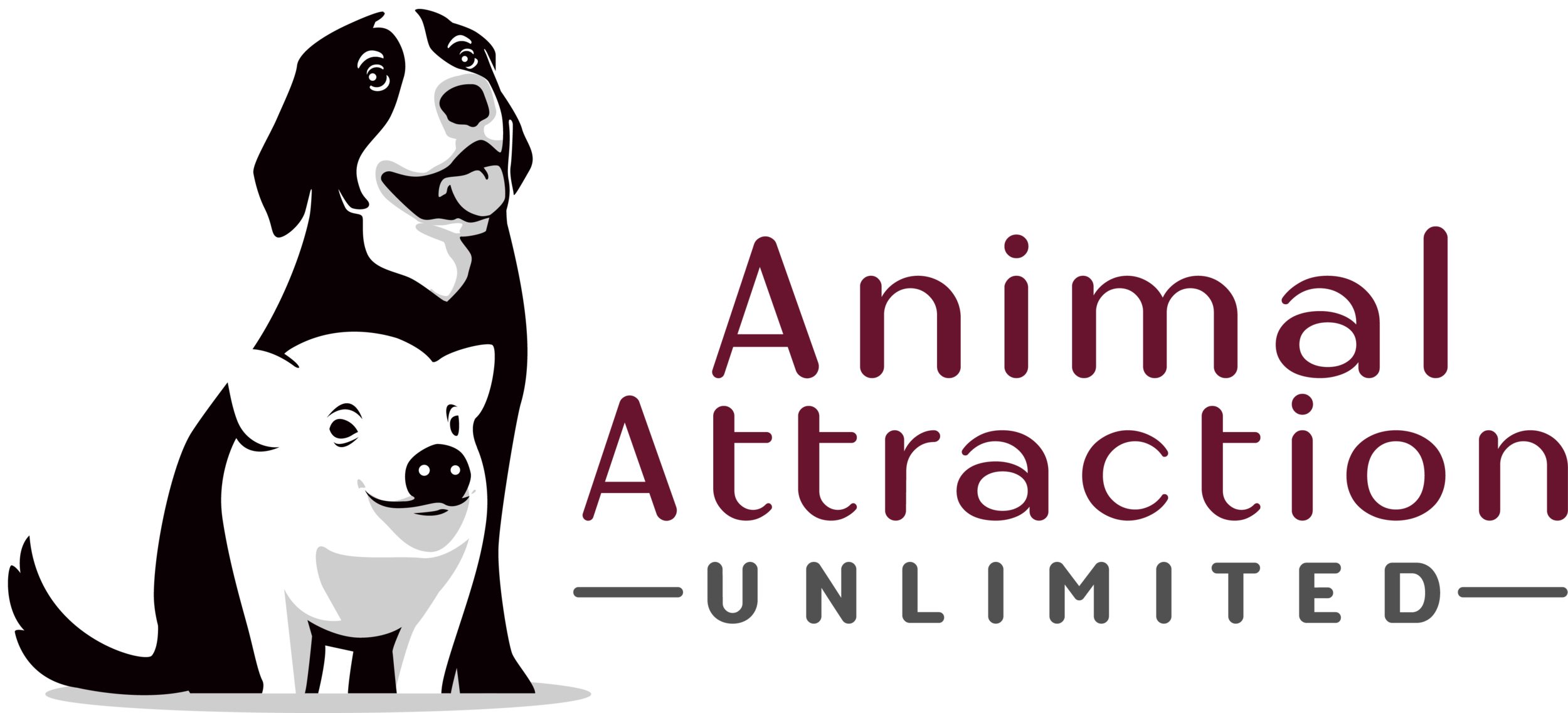The Evolution of Behavior - A.K.A: Connecting the Dots
Summary:
In this insightful podcast episode, Kim Rinehardt from Your K9 Educator and Laura Bourhenne from Animal Attraction Unlimited delve into the crucial topic of how dog owners often misinterpret and mislabel their dogs' behaviors. They highlight the common tendency to excuse concerning behaviors by attributing them to "perfect storm" scenarios, rather than acknowledging underlying issues that require attention.
The discussion centers around a real-life incident where a dog, previously deemed "good," reacted aggressively toward a visitor who had consistently made the dog uncomfortable. The dog's owner, initially hesitant to recognize the severity of the situation, attributed the reaction to a unique set of circumstances. However, Kim emphasizes that this incident revealed a potential pattern of fear aggression, which could escalate if not addressed proactively.
Key Takeaways:
Behavior vs. Label: The podcast stresses the importance of differentiating between a dog's behavior and labeling the dog itself. Instead of saying "my dog is aggressive," owners should say "my dog exhibits aggressive behavior." This shift in perspective allows for a focus on modifying the behavior without stigmatizing the dog.
Connecting the Dots:
Owners often fail to recognize subtle warning signs and "red flags" that precede significant behavioral incidents. 1 This is often because they don't want to admit that their dog has a problem. Recognizing patterns and triggers is crucial for preventing future issues.
Threshold Changes: A single incident can significantly lower a dog's threshold for tolerance, making them more likely to react negatively in similar situations. Owners must be vigilant in recognizing these changes and adjusting their management strategies.
Proactive Management: Instead of dismissing concerning behaviors as isolated incidents, owners should proactively address them through training and management. This includes creating safe environments, teaching coping mechanisms, and providing protective support for their dogs.
Generalization of Behaviors: Dogs can generalize both positive and negative behaviors. A negative experience in one context can lead to similar reactions in other, seemingly unrelated situations.
Protecting your dog: It is the owner’s job to protect their dog from situations that they find uncomfortable.
Why This Matters:
This podcast provides valuable insights for dog owners who want to understand their dogs' behavior more deeply. By shifting the focus from labels to behaviors, owners can create a safer and more harmonious relationship with their canine companions. The discussion encourages proactive problem-solving and emphasizes the importance of recognizing and addressing behavioral issues before they escalate.
